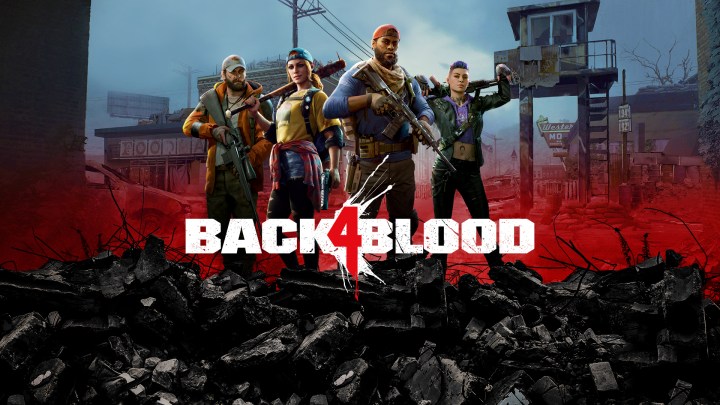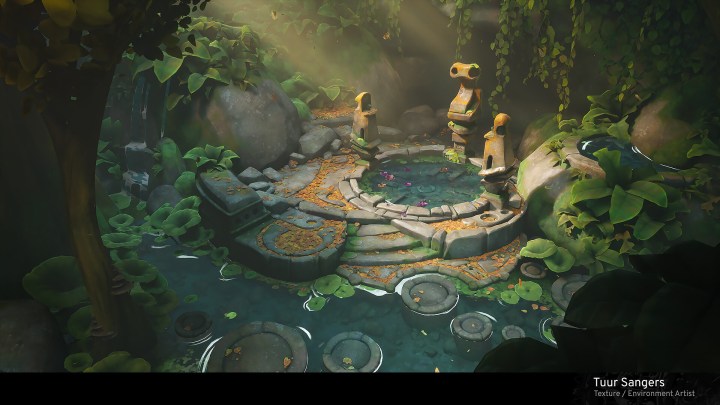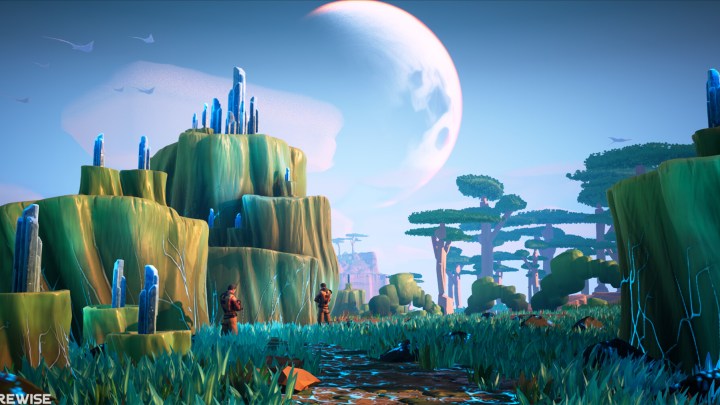How To Grow Your Audience Streaming with Twitch: Part One
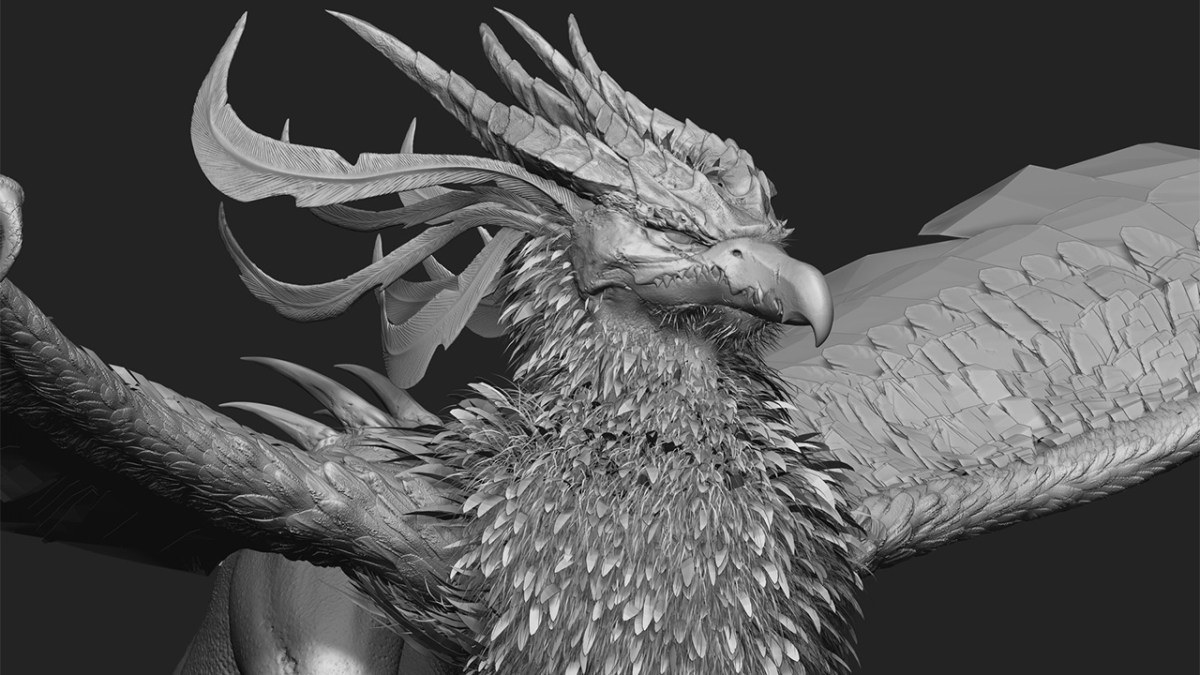
Since its launch in 2011, Twitch has helped transform web-based video streaming from a niche pastime into a 21st century broadcasting phenomenon. As Twitch has grown, so too has the nature of the content being streamed. Once known primarily as a games and esports platform, Twitch is now also notable for a rapidly growing network of digital artists with Twitch Creative, who are using the service to change the way 2D and 3D creatives learn, share, and network with one another. One such professional artist is Ashley A. Adams, a graduate from Sheridan College, and 3D character artist whose more personal creature-based projects contrast with credits on Arc Productions’ animations Barbie Starlight Adventure and Disney’s Elena of Avalor. Here she discusses her own experiences since joining the Twitch community six months ago.
Starting out with Twitch streaming
“I found out about Twitch firstly through my brother who streams a lot of Halo 5, and also through watching last year’s E3 Live streams. However, the real push came from a friend who was using it as a way to chill-out and hang out with people while she worked. I figured that sounded like a really great idea since I had difficulties getting the will power to continue working after work. I had started streaming before ArtStation hosted Twitch streams on their main page, but I definitely became even more invested in streaming with the launch of the ArtStation Challenges. I loved meeting other people also competing in the challenges and sharing feedback on each other’s pieces.”
Twitch as a gaming and creative platform
“I believe the only key difference between creative streams and gaming streams on Twitch is the nature of the content. There are so many different ways to approach streaming that cross between both gaming and creative channels that I don’t think I could discern a real difference, other than the fact that the communities that build around the creative channels are usually comprised of a lot of people interested in learning the art they are watching, or looking to meet other artists like them.”
How hard has it to grow an audience?
“When I first started streaming, I would usually average somewhere between 5 to 10 viewers a night. Growing that viewer base has actually been pretty steady and hassle-free. I currently average between 20 and 40 viewers a night, and there are the occasional 70-80 viewer nights.”
“The demographic of my audience comprises a range of students and professionals. I have a lot of aspiring artists dropping in to learn more about 3D modeling and pick up some tips and tricks. People also like stopping by to ask for critiques on the pieces they are working on from myself as well as the other artists watching. I always welcome other industry professionals joining the chat and dropping some knowledge bombs on all of us.”
Using your industry knowledge
“Having a standing in the film, vfx, games development space will have a huge effect on finding an audience. If a highly reputable artist joins Twitch they will gain a large audience very quickly. They will receive a lot of attention from aspiring artists as well as other professionals curious about their workflow.”
Standing out from the crowd
“I never really tried to stand out from the crowd to be honest. I suppose I rely on the fact that I have my own style of artwork and type of stuff that I sculpt. I also try to be very interactive with everyone in chat and answer as many questions as I can while I work.”
“On-camera” personality or just be yourself?
“Some people do choose to throw on a broadcast persona, but I just want to be myself and focus all my effort into working on my artwork. I think that choice really comes down to what kind of a stream you want to have. I’d say the only essential thing to start streaming would be to make sure you aren’t nervous. Past that, it’s up to the streamer to do whatever he or she wants. I can say that my viewers watch my channel because I talk as myself, but I also see the opposite in other channels, so again, either way works, just do what is best for you! There’s an audience for everyone.”
Preparing for a broadcast
“Well everyone will be different here, but what I do is just grab a huge glass of water since I’ll be talking a lot, make sure my OBS layout is working in a stream preview, throw on some music and then just hit ‘start streaming’. I have two monitors, one for my work and the other for chat and references, but other than that, it’s really just how I usually would work on anything at home right after work, just a chill environment.”
“When the chat goes quiet during a stream I try to talk about my process and why I am doing certain things. The trick is just to imagine watching the stream yourself, and imagine what you would want to hear or what tips or tricks you’d find useful.”
Interacting with your audience
“Audience interaction is definitely the reason why my channel has gotten to where it is now. I find it is incredibly important to interact with my viewers, albeit a bit difficult at times when I really need to get work done. At first it was incredibly hard for me to talk and work at the same time, but as time went on I learned to alternate between working and talking about what I am doing while catching up with chat.”
“I have thought of providing files to my viewers to help them out as well, but typically any tutorials done on my channel are follow-along from scratch. If I do end up sharing more specific tricks then for sure I’d be all for sharing the files from the broadcast and I do believe viewers would appreciate it whole-heartedly.”
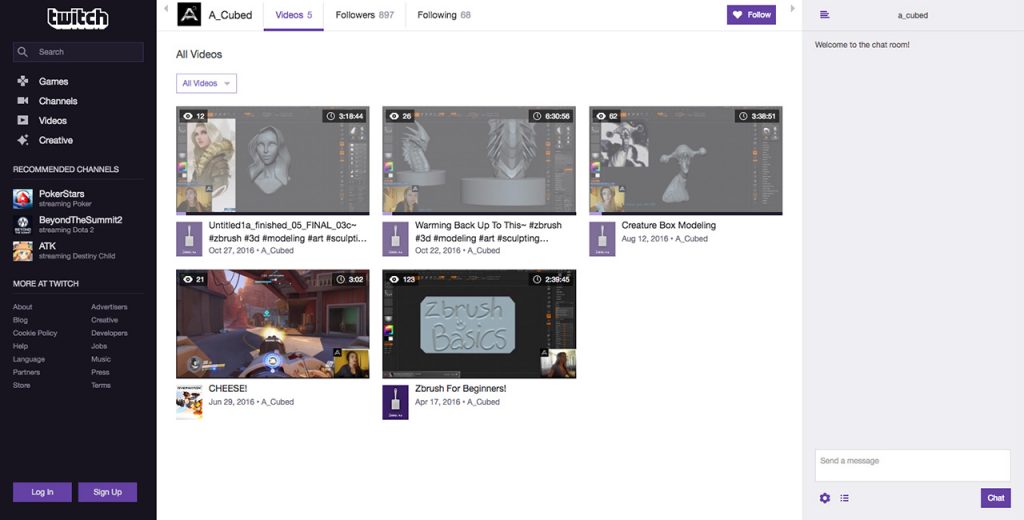
Archive Broadcasts: choose this option to allow your fans to watch content they may have missed otherwise.
Live broadcasts and video on demand
“When I stream I primarily focus on those who are able to watch live, since my streams are very interactive, but I do save all of the VODs for anyone who can’t hang-out the entire time I’m streaming—and given that my streams range from three to five hours I certainly don’t blame them. My time zone is EST but I usually stream from 8pm onwards, so I get a lot of people from Eastern Canada/USA and Europe early on, and then later people from the west hop in as the others start going to sleep. I find it’s a nice mix of people and a fair middle ground for viewers. I try to stream occasionally on weekends during the morning or daytime to hang-out with people who typically can’t watch during my regular weekday streams. Typically these streams are tutorial sessions or viewer milestone streams where my viewers get to pick what I sculpt.”
Listening to your audience
“Usually I stream the art I feel like doing. After a long day at work it’s great to kick back and be a free artist. That said, I have hosted polls to decide what I should sculpt. The last one I did was a Pokemon-themed speed sculpt stream which my audience had voted on from a bunch of concepts I provided them. I like to try to keep everyone as involved as I can while still maintaining my own projects and having fun.”
Popular content
“Definitely digital sculpting or painting and texturing. It’s one thing to learn the technical side of CG art but it can be rather dry to watch. The quicker pace of creating something before the eyes of an audience has proven to be very appealing. 3D modeling in Maya, Modo, Max, etc. is also popular when the artist is working fast enough to hold the attention of viewers.”
Making the leap into streaming
“Just have fun! Both art and streaming should be fun, so just enjoy your time doing it and other people will notice and join in on that. Oh, and don’t forget to tag ‘#mature’ if you’re working on anything anatomical!”

















